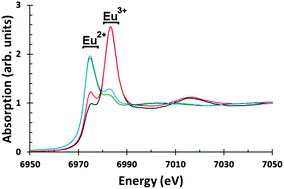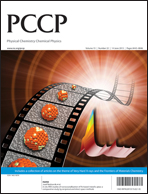A XAS study of the luminescent Eu centers in thiosilicate phosphors
Abstract
Due to its bright yellow-to-red emission, europium doped Ca2SiS4 is a very interesting material for phosphor converted light emitting diodes. The

- This article is part of the themed collection: Hard X-rays and the Frontiers of Materials Chemistry

 Please wait while we load your content...
Please wait while we load your content...